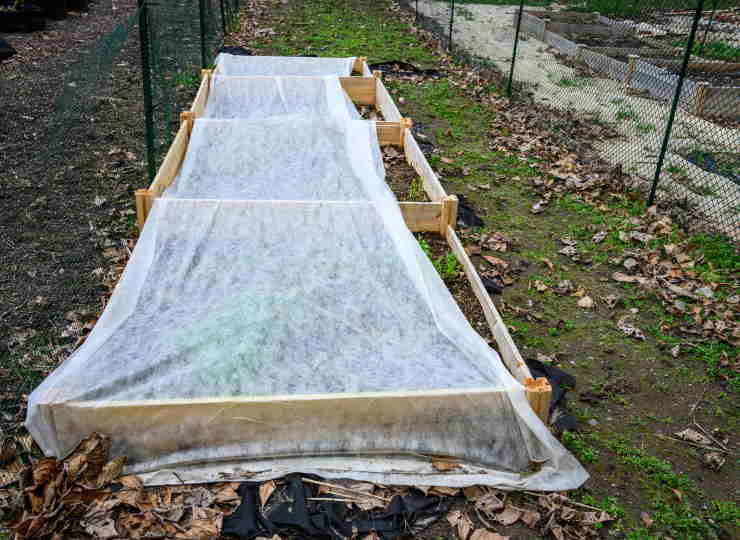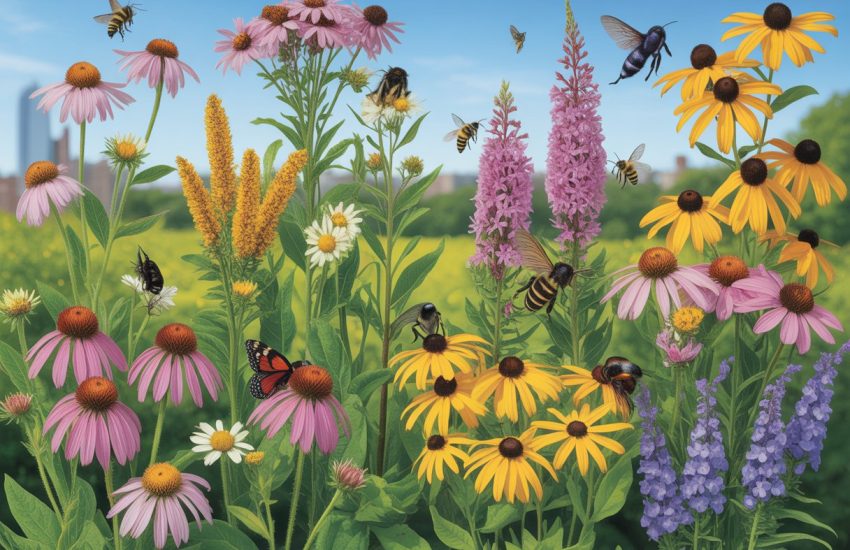How to Winterize Raised Garden Beds?
Removing the Weeds
To prepare your raised garden bed for the winter, one of the first things you should do is get rid of any weeds that may still be present. Getting rid of weeds before winter sets in is critical because they might compete with your plants for essential nutrients and water.
Additionally, they house illnesses and bugs that could harm your plants. There are several different ways to remove weeds from your garden bed. The best technique to remove weeds from your garden bed is by hand pulling. Simply grip the weed at the base and pull upward to remove it completely, roots and all. Hoeing is another way to remove weeds.
You can use a hoe to dig up weeds if you have many or if the ones you have are tough to remove. To remove weeds, loosen the soil surrounding them using a hand fork or sharp hoe. You can use herbicides as another option.
Even while this method gets rid of weeds more quickly, it’s not always the most excellent choice because some herbicides can damage your plants. If you decide to use a herbicide, carefully read the label and adhere to the recommendations.
Raking Up Dead Plants
Once the weeds have been removed, rake up any leaves, dead plants, or debris from your garden bed. Dead leaves and other debris can be removed from your garden bed using a rake, a hoe, or your hands. While doing this, take care not to harm the roots of your plants.
Adding Organic Matter
The soil structure, aeration, drainage, and fertility of your raised garden bed can all be enhanced by adding a layer of compost or other organic material. Compost can be made at home or purchased from a garden supply store. If you decide to buy it, be sure the compost is of high quality and free of pests and illnesses. Make sure you also select the proper kind of compost for your plants.
Spreading Mulch
Another great way to enhance soil and safeguard plants is to use mulch. You can utilize a variety of mulch types, such as wood chips, shredded leaves, straw, bark, grass clippings, and pine needles. As you do when picking compost, be sure to select mulch that is of high quality and appropriate for your plants.
Amending the Soil
Plants need specific nutrients to grow and thrive, and amending the soil helps to provide for those required. The procedure entails adding nutrients to the soil to enhance its permeability, aeration, drainage, and structure. To identify the nutrients your soil lacks, you might need to do a soil test. Knowing which nutrients your soil is deficient will help you add the necessary additives.
Planting Winter Cover Crops
Raised garden beds are more vulnerable to soil erosion and compaction if left bare over the winter. Winter cover crop planting helps to safeguard the soil, stop erosion, increase fertility, and stop weeds from taking over.
They continue to develop throughout the winter, and you may pick them up in the spring as you prepare to plant your garden. Winter cover crops are resilient and can withstand frost and cold temperatures. But before you plant, you must prepare the garden bed and take care of the cover crops through winter.
Removing Plant Supports
Stakes and plant supports are necessary to maintain the health and uprightness of your plants. It’s crucial to remove all plant stakes and supports from your garden once the growing season has ended in the winter and store them until the following growing season. Leaving them, there could harm the plants and make it harder to get the garden bed ready for winter.

Covering Plants
One of the significant wintertime threats to plants is frost damage. Even the most resilient plants are susceptible to injury and death from the cold if they are not adequately protected. Covering plants with burlap or fleece can help prevent frost damage. An artificial fabric made of polyester or polypropylene is a fleece.
It is perfect for draping over plants because it is breathable and light. Jute or hemp fibers are used to create the robust and natural fabric known as burlap. Burlap helps shield plants from frost damage since it is permeable and offers some insulation.
Preserving Perennial Plants
While most plants lose their leaves in the winter, some, like rosemary and daylily, are evergreen and keep their leaves all year. However, these plants need special care to survive the cold winter.
These plants tend to become overgrown and lanky when neglected. Therefore, they are more vulnerable to harm from pests and the cold. There are several ways to care for perennial plants during winter, such as; pruning, mulching, watering, and fertilizing.
To sum up, it is essential to winterize raised garden beds to protect them. Different steps help you to achieve this aim. This article aimed to explain these steps to you. You can use the information here and try to apply techniques to winterize your raised garden beds.
You may also be interested in:


